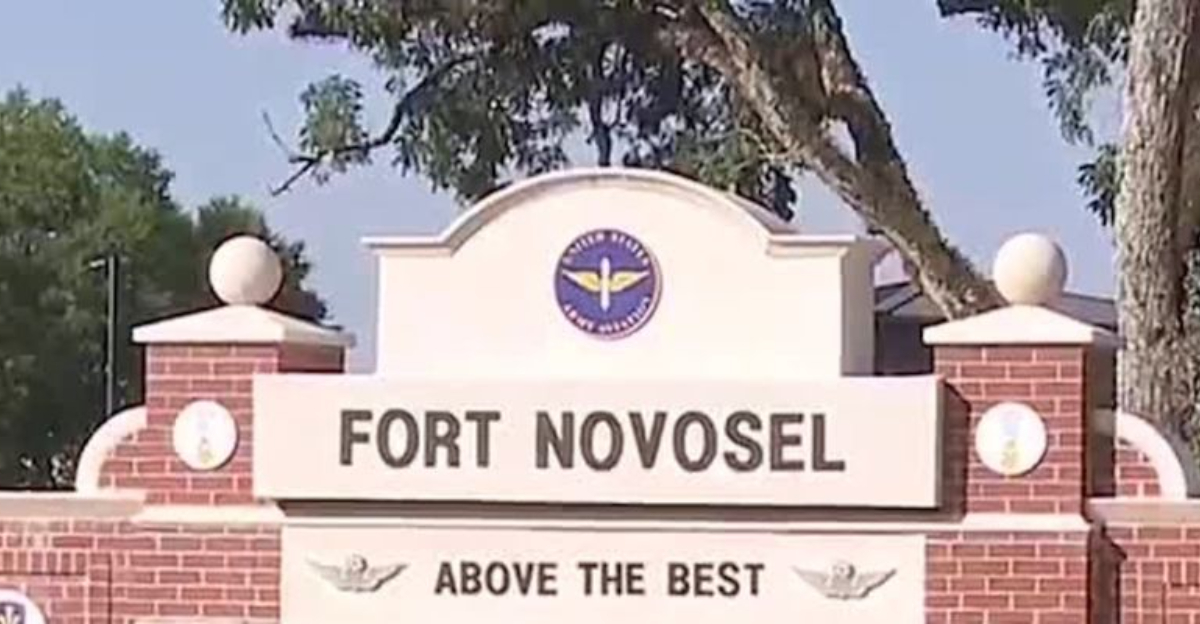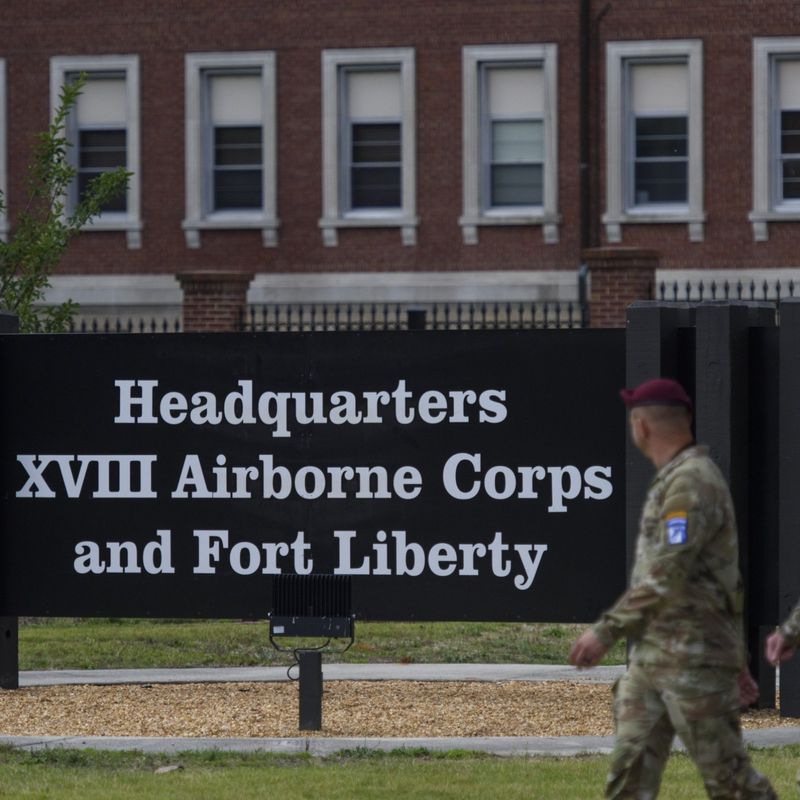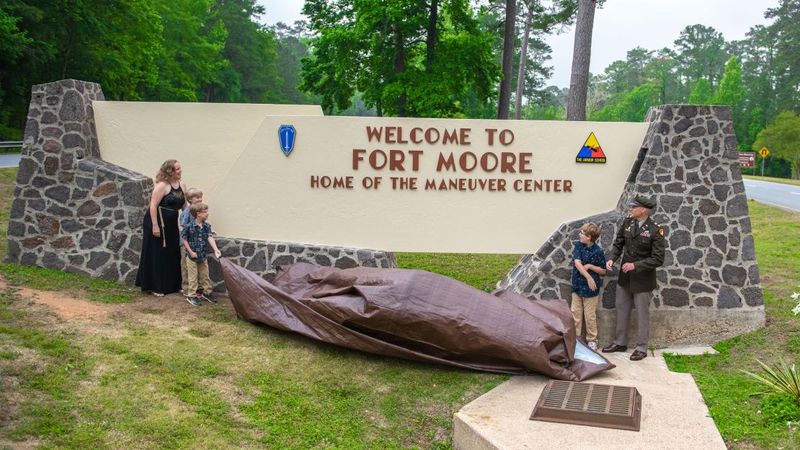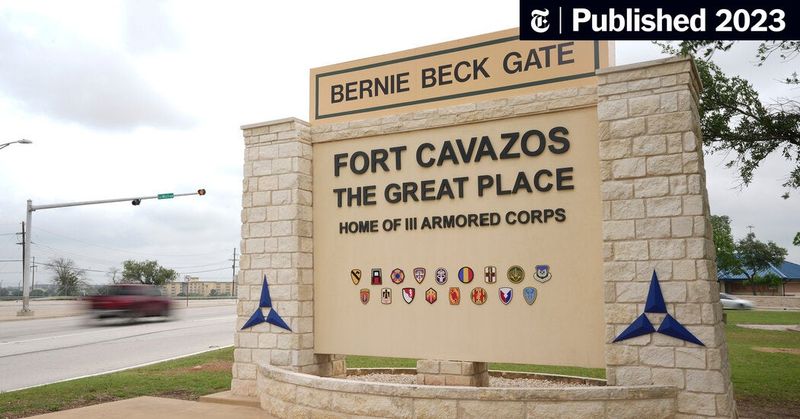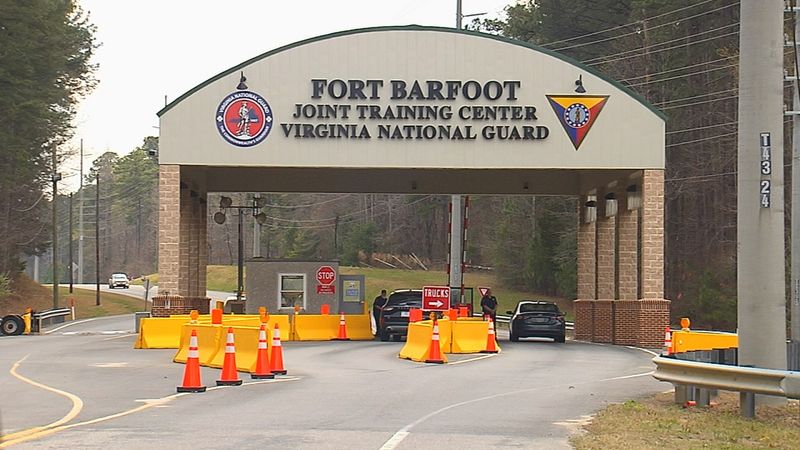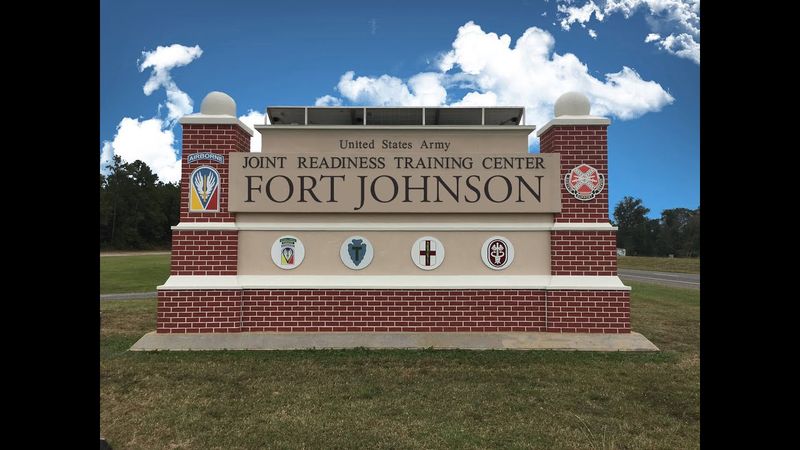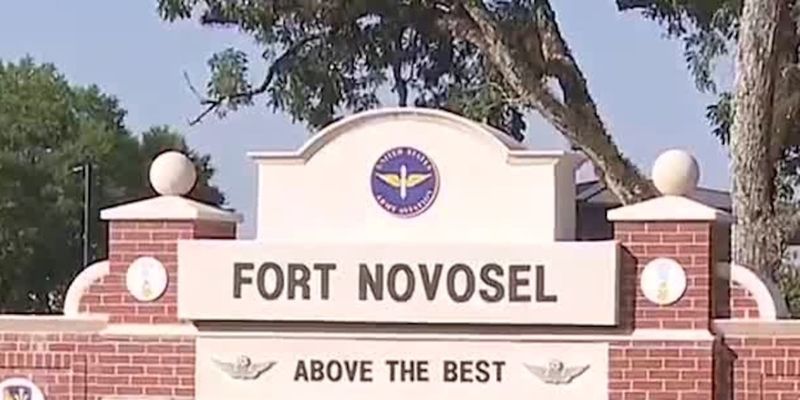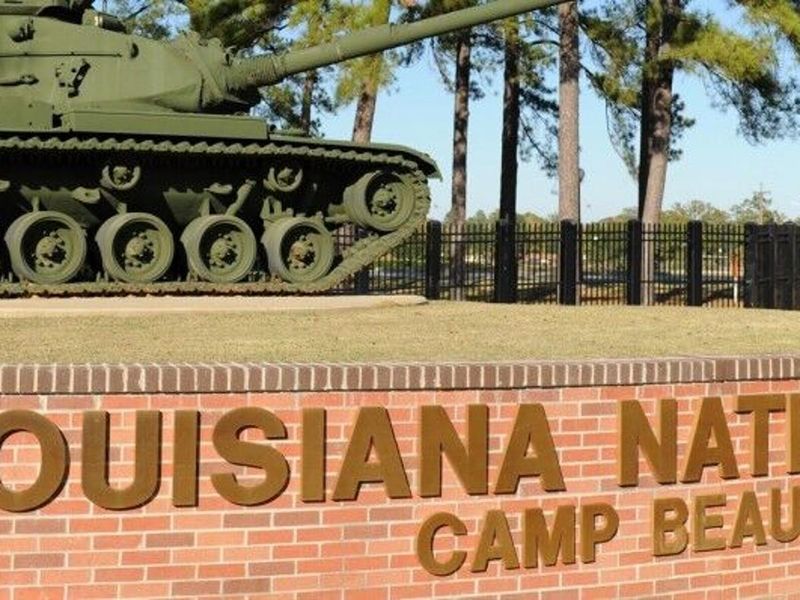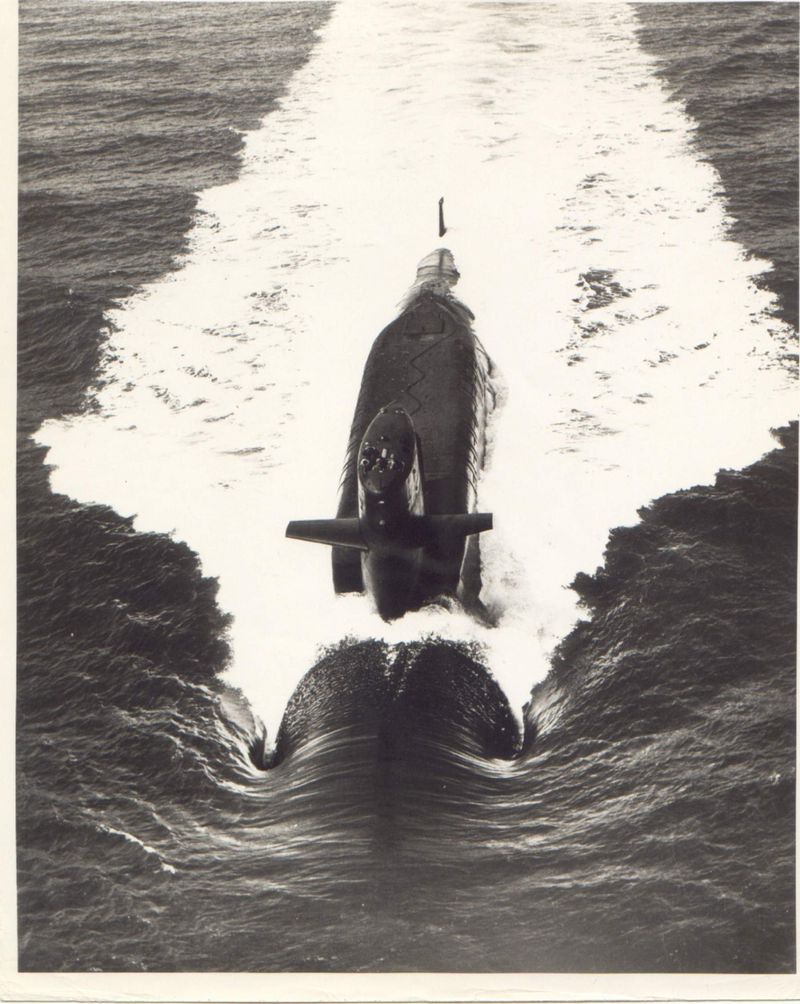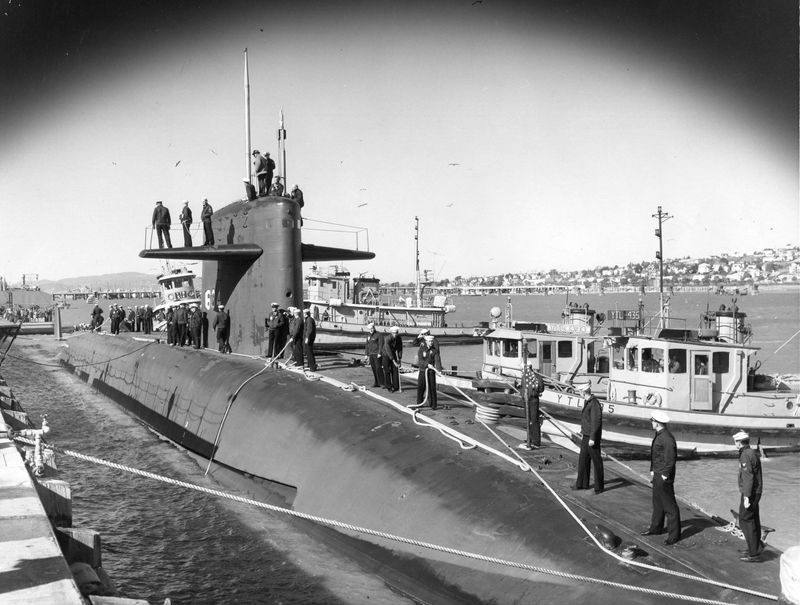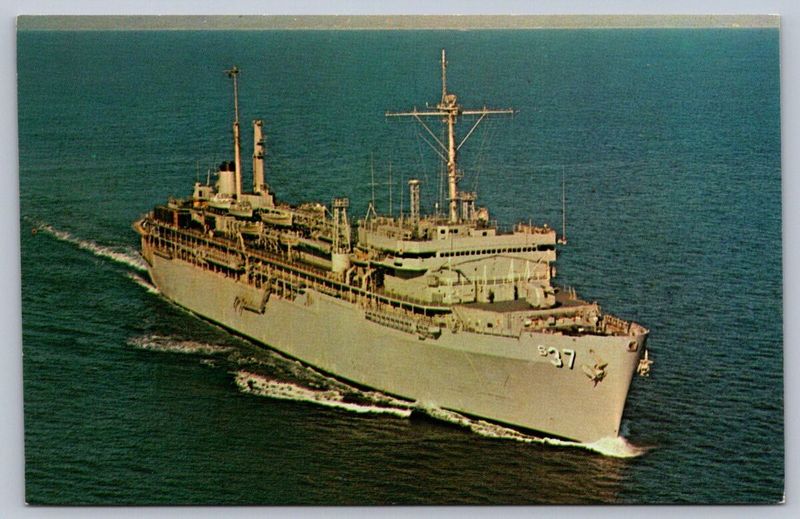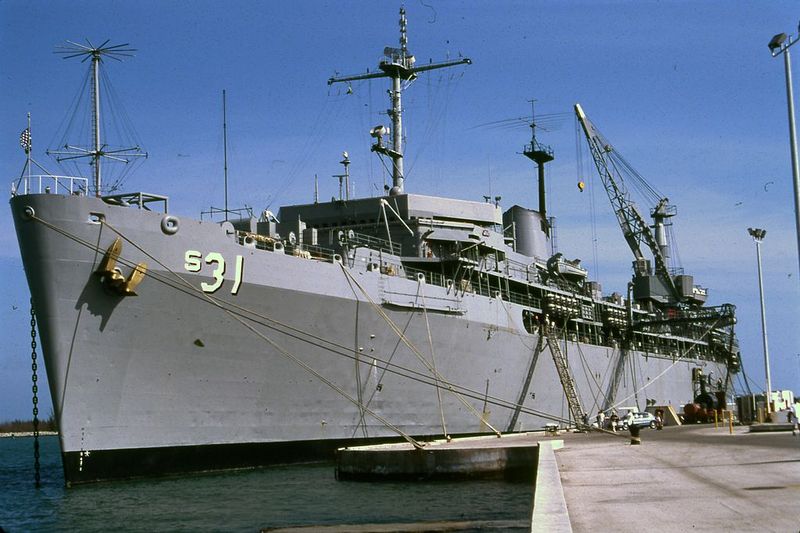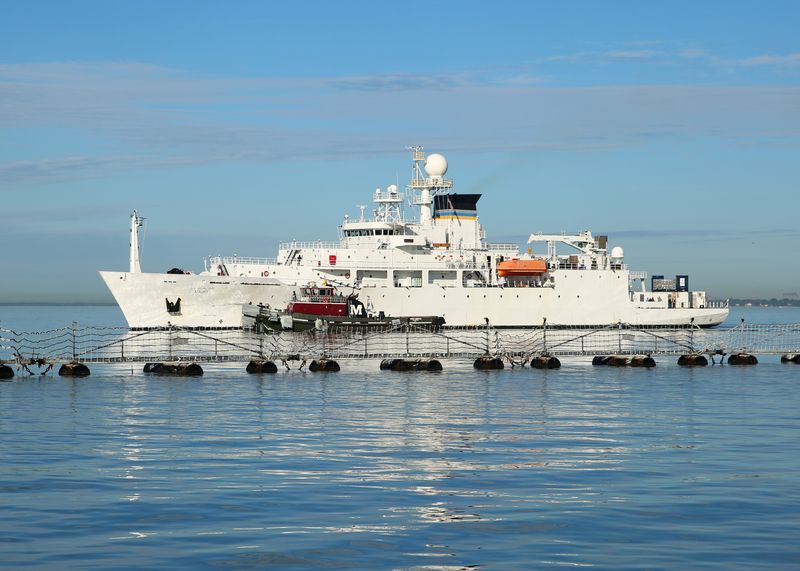In recent years, the U.S. has taken significant steps to address its complex history by renaming military bases and ships that once honored Confederate leaders. This move aims to reflect a commitment to unity and equality.
The following sections highlight 14 such entities that have undergone renaming or decommissioning. Each item has its unique history and significance, and the renaming process sheds light on a broader societal shift.
1. Fort Liberty (formerly Fort Bragg)
Fort Liberty, previously known as Fort Bragg, was named after Braxton Bragg, a Confederate general. Located in North Carolina, the base has been pivotal in U.S. military operations.
The renaming to Fort Liberty signifies a shift towards a more inclusive identity. This name change reflects a national effort to distance military honor from Confederate symbolism.
The base continues to serve as a hub for airborne and special operations forces, embracing its new identity with pride and purpose.
2. Fort Moore (formerly Fort Benning)
Fort Moore, once called Fort Benning, honored Henry L. Benning, a Confederate general. Situated in Georgia, this base is renowned for its infantry and armor training.
The change to Fort Moore pays tribute to Hal and Julia Moore, reflecting values of leadership and sacrifice. This transition is part of a broader initiative to align military honors with values of unity.
Fort Moore remains a central training location, now carrying a name that resonates with a legacy of dedication and service.
3. Fort Cavazos (formerly Fort Hood)
Fort Cavazos, formerly Fort Hood, was named for John Bell Hood, a Confederate leader. Located in Texas, this base is a major hub for the U.S. Army. The renaming to Fort Cavazos honors Gen.
Richard Cavazos, the first Hispanic four-star general in the U.S. Army. This change underscores a commitment to diversity and recognition of valor beyond historical controversies.
Fort Cavazos continues to be a vital asset for military readiness, proudly bearing a name that signifies progress and inclusion.
4. Fort Barfoot (formerly Fort Pickett)
Fort Barfoot, previously Fort Pickett, was named after Confederate General George Pickett. Located in Virginia, the base serves as a training ground for various operations. The transition to Fort Barfoot recognizes the heroism of Medal of Honor recipient Col.
Van T. Barfoot. This renaming is part of a national dialogue on honoring figures who exemplify courage and integrity. Fort Barfoot continues its mission of preparing troops, now under a name that inspires and unites.
5. Fort Walker (formerly Fort A.P. Hill)
Formerly known as Fort A.P. Hill, Fort Walker was named after Ambrose Powell Hill, a Confederate commander. Situated in Virginia, this base is key for training exercises. The renaming to Fort Walker honors Dr. Mary Walker, the only female Medal of Honor recipient.
This change highlights a commitment to celebrating diverse contributions to military history. Fort Walker remains a premier training site, now under a name that reflects progress and inclusion.
6. Fort Gregg-Adams (formerly Fort Lee)
Fort Gregg-Adams, once Fort Lee, was named in honor of Robert E. Lee, a Confederate leader. Located in Virginia, this base is essential for logistics training. The renaming to Fort Gregg-Adams recognizes Lt. Gen. Arthur Gregg and Lt. Col. Charity Adams, significant figures in military history.
This shift represents an effort to honor a legacy of service and leadership that aligns with modern values. Fort Gregg-Adams continues to be a cornerstone of military logistics and training.
7. Fort Johnson (formerly Fort Polk)
Fort Johnson, previously known as Fort Polk, was named after Leonidas Polk, a Confederate general. Positioned in Louisiana, the base plays a vital role in training and readiness. The renaming to Fort Johnson commemorates Sgt. William Henry Johnson, a World War I hero.
This change is part of a broader movement to honor military figures who embody courage and resilience. Fort Johnson remains a crucial training site, now bearing a name that inspires valor and unity.
8. Fort Novosel (formerly Fort Rucker)
Previously known as Fort Rucker, Fort Novosel was named after Confederate Col. Edmund Rucker. Located in Alabama, it is a key center for Army aviation training. The renaming to Fort Novosel honors Chief Warrant Officer Michael J. Novosel, a distinguished aviator and Medal of Honor recipient.
This change reflects a commitment to honoring individuals who demonstrated exceptional bravery and service. Fort Novosel continues its mission under a name that resonates with heroism and dedication.
9. Camp Johnson (formerly Camp Beauregard)
Camp Johnson, formerly Camp Beauregard, was named after P.G.T. Beauregard, a Confederate general. Located in Louisiana, this camp supports various training operations. The renaming to Camp Johnson honors Sgt. William Henry Johnson, renowned for his valor in World War I.
This transition is part of a larger effort to align military honors with values of bravery and equality. Camp Johnson continues to serve as a vital training facility, now carrying a name that reflects honor and valor.
10. USS Robert E. Lee (SSBN-601)
The USS Robert E. Lee, a ballistic missile submarine, was named after Confederate leader Robert E. Lee. Commissioned in 1960, it served during the Cold War before being decommissioned in 1983. This vessel contributed to naval strategy and deterrence.
Its decommissioning marked the end of its service, reflecting a shift in naval priorities. The name removal aligns with broader efforts to reconsider historical symbols in military contexts, emphasizing unity and forward-looking perspectives.
11. USS Stonewall Jackson (SSBN-634)
Named after Confederate General Stonewall Jackson, the USS Stonewall Jackson was a prominent submarine in the U.S. Navy. Active during the Cold War, it was commissioned in 1964 and decommissioned in 1995. The submarine played a crucial role in strategic deterrence with its ballistic missile capabilities.
Its decommissioning marked a transition in naval strategy, aligning with broader shifts in honoring military history. The removal of its name reflects a move towards recognizing inclusive values in military service.
12. USS Dixon (AS-37)
The USS Dixon was a submarine tender named after George Dixon, a Confederate naval officer. Serving the U.S. Navy from its commissioning in 1971 until its decommissioning in 1995, this vessel supported submarine operations across the globe.
The decommissioning and removal of its Confederate-linked name signify a broader initiative to re-evaluate historical legacies. This reflects a commitment to aligning naval honors with values of equality and unity.
The legacy of the USS Dixon continues in naval history, albeit without its original namesake.
13. USS Hunley (AS-31)
The USS Hunley, a submarine tender, was named after Confederate inventor Horace Hunley. Commissioned in 1962, it served until 1994, providing critical support to the Navy’s submarine fleet. Its decommissioning marked a shift in naval focus and a reconsideration of naming conventions linked to the Confederacy.
The vessel’s operational legacy remains significant, but its name change symbolizes a broader effort to honor figures aligned with national unity. This move reflects an ongoing dedication to embracing inclusive values in military tradition.
14. USNS Marie Tharp (formerly USNS Maury)
Initially named USNS Maury after Confederate Cmdr. Matthew Maury, the ship was renamed USNS Marie Tharp in 2023. This vessel plays a crucial role in oceanographic research and data collection.
Renaming it honors Marie Tharp, a pioneering geologist and oceanographic cartographer, reflecting a commitment to celebrating contributions beyond military conflict.
This change is part of an effort to align the ship’s identity with values of scientific discovery and inclusivity. The USNS Marie Tharp continues its mission, now under a name that honors exploration and innovation.
